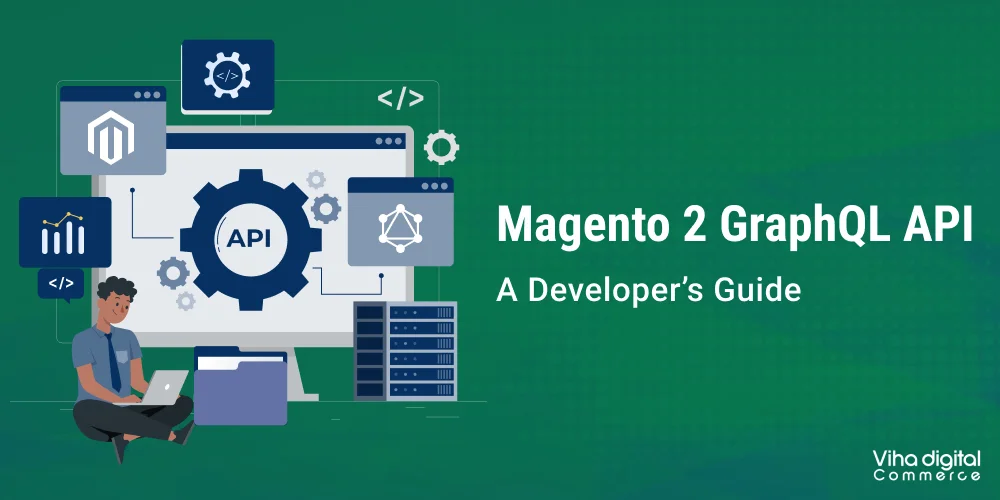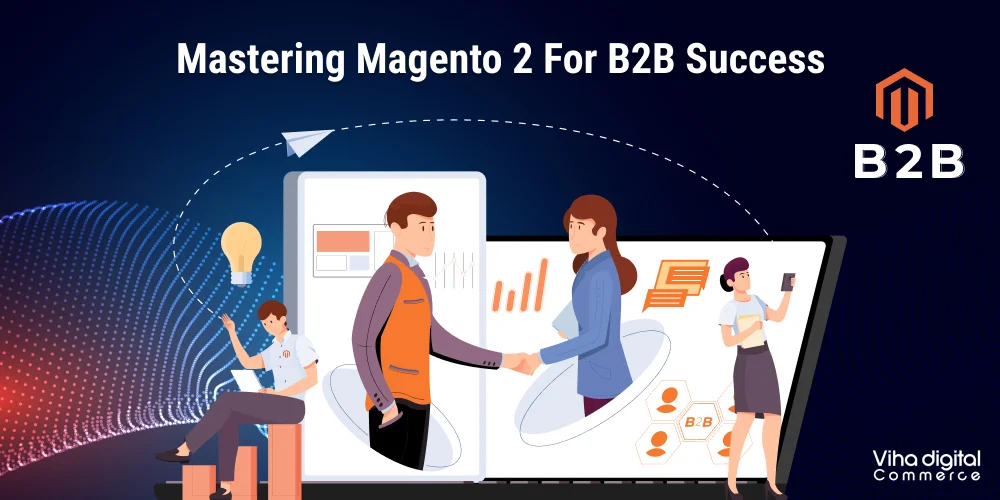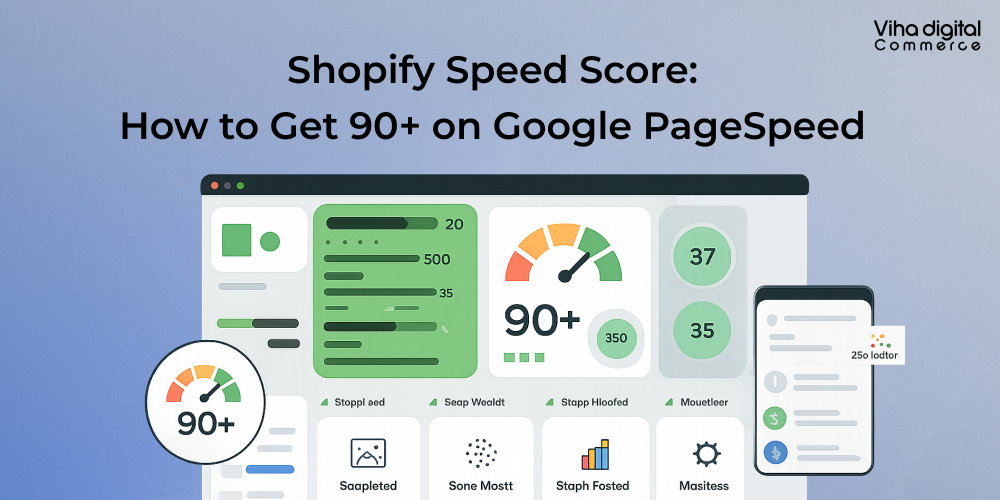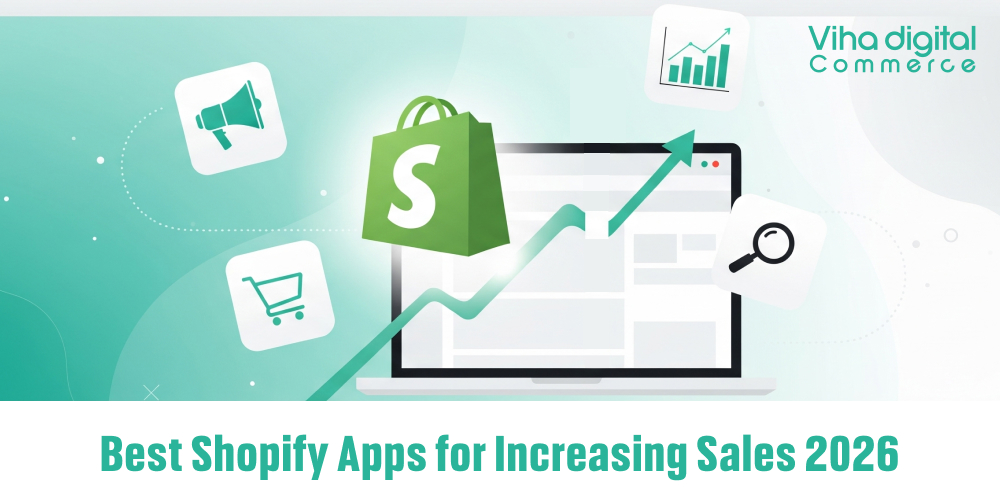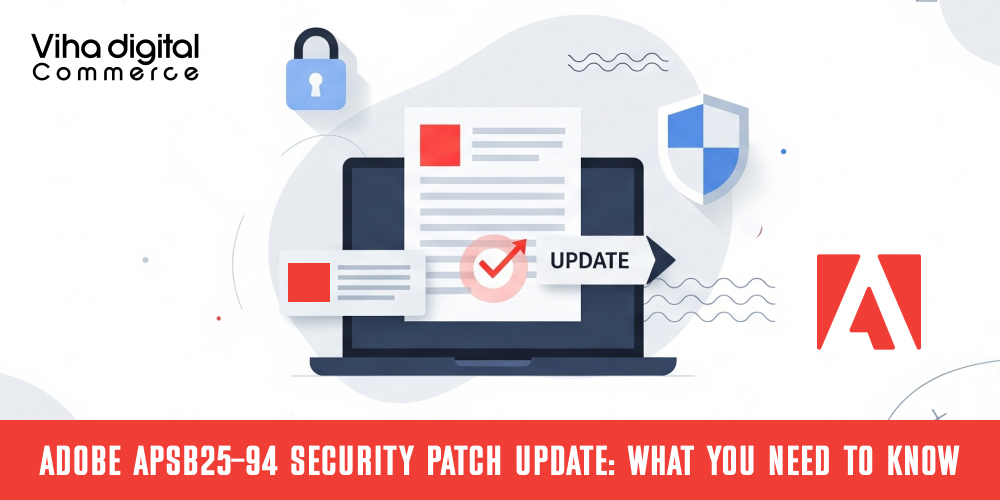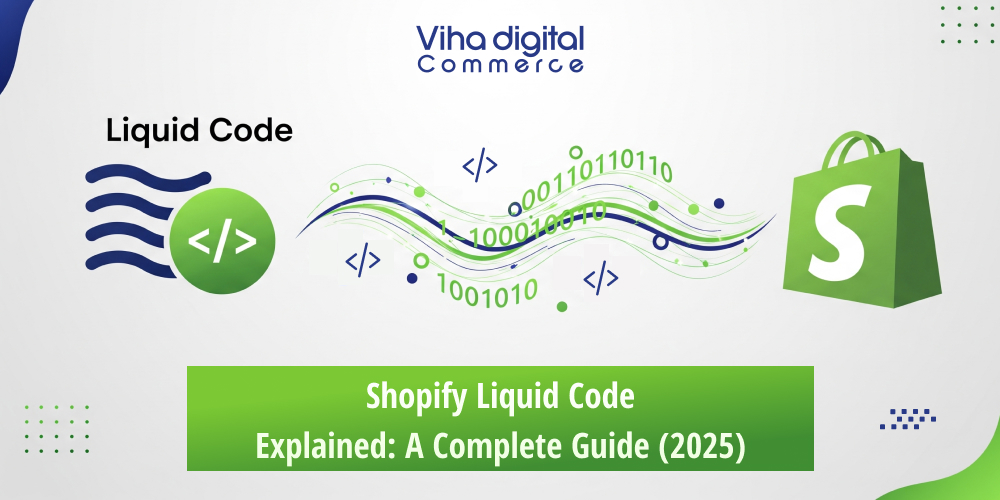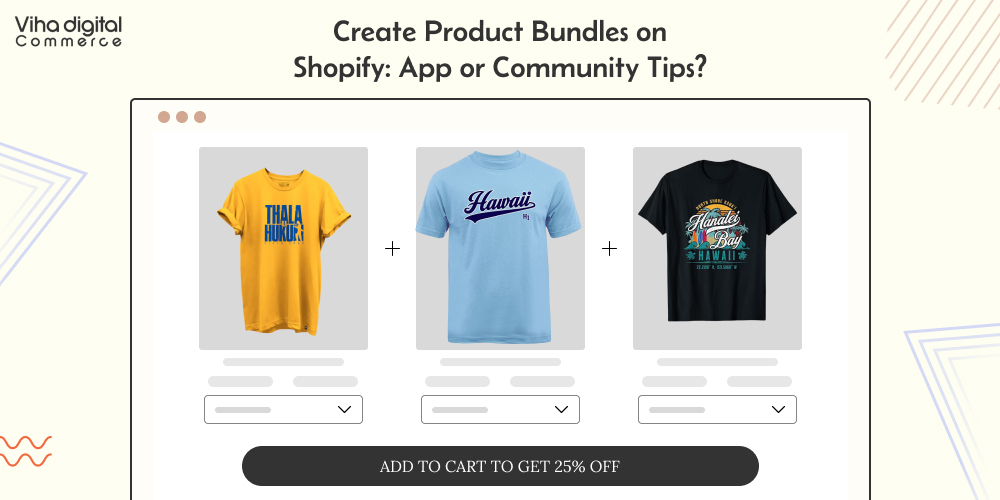What is the Fastest Way to Increase Site Speed on Shopify
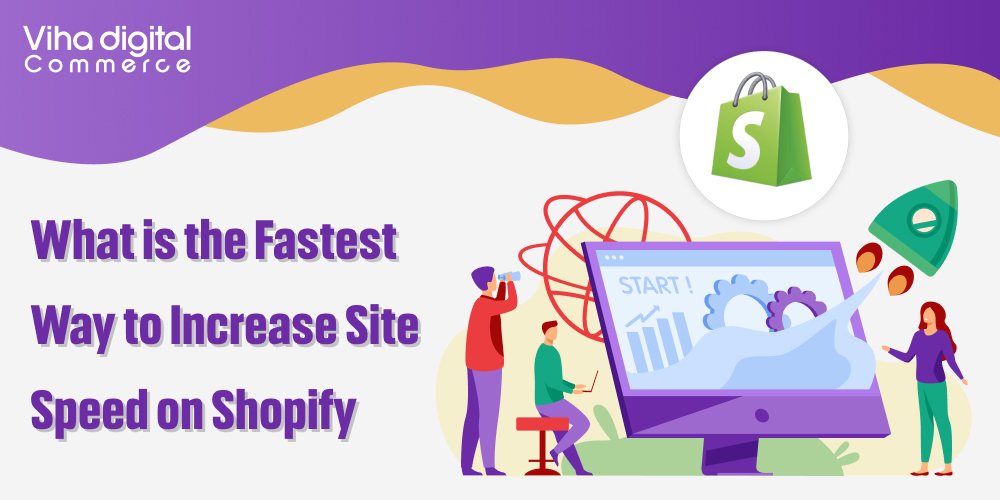
Every second your Shopify store takes to load is costing you money. If you’re reading this, chances are you’ve noticed your site feels sluggish, your bounce rates are climbing, or worse—you’re watching potential customers abandon their carts before they even start shopping.
Here’s the reality: 70% of consumers admit that slow loading speeds directly impact their willingness to buy. Even more alarming? Stores that load in under 2 seconds enjoy conversion rates 2.5 times higher than those taking 5 seconds or more.
In this comprehensive guide, we’ll walk you through the fastest, most effective ways to speed up your Shopify site and turn more visitors into paying customers.

Why Your Shopify Speed Matters More Than Ever in 2025
Before we dive into solutions, let’s understand why this matters to your bottom line.
Speed Impacts Every Part of Your Business
Your website speed directly affects:
- Conversion Rates: Faster sites mean more completed purchases
- SEO Rankings: Google prioritizes fast-loading sites in search results
- Advertising Costs: Slow landing pages lower your Google Ads Quality Score, increasing cost per click
- Customer Experience: Speed builds trust and encourages repeat visits
- Mobile Performance: With 72% of ecommerce traffic coming from mobile, mobile site speed is non-negotiable
Read More: A Guide to Optimizing Shopify Speed
How to Test Your Current Shopify Store Speed
Before you optimize, you need to know where you stand. Here’s how to measure your store’s performance:
1. Use Google PageSpeed Insights
Head to PageSpeed Insights and enter your store URL. This free tool analyzes your site and provides:
- Overall speed score (aim for 70+ for excellent performance)
- Core Web Vitals metrics
- Specific recommendations for improvement
2. Check Shopify’s Web Performance Dashboard
Navigate to your Shopify admin and check the Online Store > Themes section. Shopify now provides built-in speed analysis showing how your store performs compared to similar Shopify stores.
3. Test on Real Devices
Your customers may not all be using high-speed internet on the latest devices. Test your store on:
- Different mobile devices
- Various internet connections
- Multiple browsers
The Fastest Ways to Speed Up Your Shopify Store
Now let’s get into the actionable strategies that deliver the biggest speed improvements. We’ve organized these from quickest wins to more advanced optimizations.
1. Optimize and Compress Your Images (Biggest Impact)
Expected Improvement: 30-40% faster load times
Images typically account for 27% of total page weight. Unoptimized product photos, banners, and lifestyle images are the #1 culprit behind slow Shopify stores.
What to do:
- Resize before uploading: Don’t upload 5000×5000 pixel images. Product images should be no larger than 2048×2048 pixels (800×800 is often sufficient)
- Compress without losing quality: Use tools like TinyPNG, JPEGmini, or Optimizilla to reduce file size by 60-80% without visible quality loss
- Switch to WebP format: WebP images are 40% smaller than JPEG while maintaining quality. Shopify automatically serves WebP to compatible browsers
- Set proper dimensions: Specify width and height attributes in your code to prevent layout shifts
- Enable lazy loading: Load images only when users scroll to them (more on this below)
Quick win: Start with your homepage hero images and product page photos—these have the biggest impact on user experience.
2. Remove Unused Apps Immediately
Expected Improvement: 20-30% speed boost
Every app you install adds code, scripts, and HTTP requests to your store. Many Shopify merchants don’t realize that even after uninstalling an app, its code often remains in your theme, continuing to slow down your site.
What to do:
- Audit your installed apps and remove any you’re not actively using
- Critical: After uninstalling, check your theme code for leftover scripts
- Keep app count under 20 (Shopify’s recommendation)
- Replace multiple single-purpose apps with one comprehensive solution when possible
To check for leftover code:
- Go to Online Store > Themes
- Click “Actions” > “Edit code”
- Search for app names in your theme files
- Remove any references to uninstalled apps (or hire a developer if you’re not comfortable)
3. Implement Lazy Loading for Images and Videos
Expected Improvement: 15-25% faster initial page load
Lazy loading is a performance technique that loads content only when users need it. Instead of loading all page elements at once, your browser loads “above-the-fold” content first, then loads below-the-fold content as users scroll.

What to do:
- Enable lazy loading for all images below the fold
- Important exception: Don’t lazy-load your largest above-the-fold images (hero banners, main product images)
- Use deferred loading for videos
- Consider apps like TinyIMG for automatic lazy loading implementation
4. Choose a Lightweight, Speed-Optimized Theme
Expected Improvement: 40-50% speed increase
Your theme is the foundation of your store’s performance. Testing of over 200 Shopify themes revealed dramatic differences—the fastest themes achieved First Contentful Paint in 1.1 seconds, while bloated themes pushed load times beyond 2 seconds.
What to do:
- Prioritize mobile-first design (70%+ of traffic is mobile)
- Look for themes with minimal JavaScript and CSS
- Choose Online Store 2.0 compatible themes for better performance
- Avoid themes with excessive sliders, animations, and “fancy” features you won’t use
Top-performing lightweight themes:
- Dawn (Shopify’s free theme, excellent performance)
- Turbo (built specifically for speed)
- Flex
- Create
Before switching: Test the new theme thoroughly in a development environment to ensure all features work correctly.
5. Replace GIFs with Static Images or Optimized Videos
Implementation Time: 30 minutes – 1 hour
Expected Improvement: Save 5-10MB+ per page
GIFs are incredibly heavy files. A single 2-second GIF can contain 20+ frames, and using just two or three GIFs can add 10MB+ to your page weight.
What to do:
- Replace GIFs with static images wherever possible
- If animation is essential, use optimized MP4 videos instead (much lighter than GIFs)
- Use lossy compression for any GIFs you must keep
- Consider HTML5 animations for simple movements
- Use free tools like UglifyJS (JavaScript), CSSNano (CSS), or Minifier.org
- Remove unused CSS and JavaScript
- Consolidate multiple CSS/JS files where possible
Quick solution: Apps like TinyIMG offer one-click minification directly from your Shopify admin.
6. Use a Content Delivery Network (CDN)
Implementation Time: Already included with Shopify!
Expected Improvement: Varies by location (up to 40% for international customers)
Good news—Shopify automatically provides a world-class CDN powered by Cloudflare at no extra cost. This network of servers worldwide delivers your content from locations closest to your customers.
What to do:
- Verify your CDN is active (it should be by default)
- Ensure your images use Shopify’s CDN URLs
- For advanced users: Leverage Shopify’s dual CDN setup for even better performance
To verify CDN usage:
- Right-click on your store page > “Inspect”
- Open the “Elements” tab
- Search for “cdn.shopify.com” or “cdn/shop”
- If found, your store is using the CDN
7. Reduce Redirects and Fix Broken Links
Implementation Time: 30 minutes – 1 hour
Expected Improvement: 5-10% speed boost + better SEO
Every redirect adds an HTTP request. Redirect loops and broken links frustrate users, increase bounce rates, and harm your search rankings.
What to do:
- Use 301 redirects only for permanent changes
- Avoid unnecessary 302 redirects
- Fix all broken links (404 errors) immediately
- Use short, descriptive URLs
- Audit links monthly using Google Search Console
- Check third-party integration links regularly
Tool recommendation: Use free tools like Dead Link Checker to identify issues quickly.
8. Optimize Your Fonts
Implementation Time: 15-30 minutes
Expected Improvement: Faster text rendering, reduced layout shifts
Custom fonts require browsers to download and render them, increasing page load time. Every additional font weight and style adds more data to transfer.
What to do:
- Use system fonts when possible (they’re already on users’ devices)
- Limit custom font weights and styles to essentials only
- Use font-display: swap to ensure text remains visible while fonts load
- Stick to Shopify’s font library (optimized for performance)
9. Consolidate Tracking Codes with Google Tag Manager
Implementation Time: 1-2 hours
Expected Improvement: Cleaner code, easier management
Multiple tracking pixels from Facebook, Google Analytics, and other platforms add scripts that slow your site. Google Tag Manager (GTM) consolidates all tracking tags in one place with asynchronous loading.
What to do:
- Set up a free Google Tag Manager account
- Add the GTM container code to your Shopify theme.liquid file
- Migrate all existing tracking codes into GTM
- Remove individual tracking scripts from your theme
- Manage all tags from the GTM dashboard going forward
10. Enable Browser Caching
Implementation Time: Already enabled by Shopify!
Expected Improvement: Faster repeat visits
Browser caching stores static files (CSS, JavaScript, images) locally on visitors’ devices, so they don’t need to download them again on subsequent visits.
What to do:
- Verify Shopify’s automatic caching is working (it should be)
- Set long expiry times for static assets (1 year for unchanging files)
- Test repeat visit speed to confirm caching effectiveness
11. Optimize for Mobile Performance
Implementation Time: Ongoing
Expected Improvement: Up to 27% mobile conversion increase
With 72% of ecommerce traffic coming from mobile devices, mobile site speed is critical. Mobile users expect sites to load in 4 seconds or less, with 47% expecting 2 seconds or less.

What to do:
- Test on real mobile devices regularly
- Prioritize mobile-first design in your theme
- Ensure buttons meet minimum 48×48 pixel size for easy tapping
- Simplify mobile navigation
- Use larger input fields on forms
- Place CTAs within thumb reach
- Consider AMP (Accelerated Mobile Pages) for ultra-fast mobile performance
12. Streamline Your Checkout Process
Implementation Time: Varies
Expected Improvement: 15-22% reduction in checkout abandonment
The checkout process is where conversions happen. A slow or complicated checkout is the #1 reason for cart abandonment.
What to do:
- Use Shopify’s optimized one-page checkout (available on Shopify Plus)
- Remove unnecessary fields
- Enable express checkout options (Shop Pay, Apple Pay, Google Pay)
- Optimize checkout page images and scripts
- Test checkout speed regularly
13. Remove Quick View Pop-ups
Implementation Time: 5-10 minutes
Expected Improvement: Faster collection pages
Quick view pop-ups seem convenient but actually slow down your site significantly. They preload entire product pages in case users click them, adding unnecessary weight to collection pages.
What to do:
- Disable or remove quick view functionality
- Direct users to optimized product pages instead
- Test conversion rates before and after removal
Advanced Shopify Speed Optimization Strategies
Once you’ve implemented the fundamentals, these advanced techniques can take your store to the next level.
Implement Predictive Prefetching
This cutting-edge technique anticipates user behavior and loads resources before they’re requested. For example, when a user hovers over a product card, prefetch that product page.
Expected result: One fashion retailer reduced page transition times by 73% using this technique.
Use Edge Computing
Move time-sensitive computations closer to your users by leveraging edge servers. This is particularly beneficial for:
- Dynamic pricing
- Inventory checks
- Personalization features
Optimize Database Performance
For stores with large product catalogs, database optimization can improve server response times:
- Implement API caching
- Optimize database queries
- Use efficient data structures
Consider Headless Commerce
For advanced users, separating your frontend from backend can unlock ultimate speed and flexibility. However, this requires significant technical expertise.
How to Measure Your Speed Improvements
After implementing optimizations, track these metrics to measure success:
Core Web Vitals
- Largest Contentful Paint (LCP): Target under 2.5 seconds
- First Input Delay (FID): Target under 100 milliseconds
- Cumulative Layout Shift (CLS): Target under 0.1

Business Metrics
- Conversion rate: Compare before and after optimization
- Bounce rate: Should decrease with faster loading
- Pages per session: Should increase as users explore more
- Average order value: Often improves with better UX
- Cart abandonment rate: Should decrease with faster checkout
Speed Testing Tools
- Google PageSpeed Insights: Comprehensive performance analysis
- Shopify’s Web Performance Dashboard: Compare against similar stores
- GTmetrix: Detailed waterfall analysis
- WebPageTest: Test from multiple locations and devices

Common Shopify Speed Optimization Mistakes to Avoid
- Installing “Speed Booster” apps blindly: Many add more JavaScript, making your store slower
- Ignoring mobile performance: Don’t just optimize for desktop
- Over-optimizing images: Balance quality with file size—don’t destroy your brand perception
- Focusing only on homepage speed: Product pages and checkout are where conversions happen
- Neglecting server response time: Frontend optimizations won’t help if your backend is slow
- Not testing changes: Always measure impact before and after optimizations
- One-and-done mindset: Speed optimization is ongoing, not a one-time fix
When to Hire a Shopify Speed Optimization Expert
While many optimizations can be done yourself, consider professional help if:
- Your speed score is below 40 after trying DIY fixes
- You’re not comfortable editing theme code
- You need advanced optimizations (headless commerce, custom development)
- You want guaranteed results without risking your live store
- Your annual revenue justifies professional optimization (typical cost: $2,000-$10,000 for comprehensive optimization)
At Viha Digital Commerce, we specialize in Shopify speed optimization and have helped hundreds of stores achieve 3-5x conversion improvements through systematic testing and technical excellence. Our Shopify Speed Optimization Service includes comprehensive audits, implementation, and ongoing monitoring to ensure sustained performance.
Your Speed Optimization Action Plan
Here’s your step-by-step roadmap to a faster Shopify store:
Week 1: Quick Wins
- Test current speed (Google PageSpeed Insights)
- Compress and optimize all images
- Remove unused apps
- Enable lazy loading
- Replace GIFs with static images
- Retest speed
Week 2: Foundation Improvements
- Evaluate and potentially switch themes
- Minify CSS and JavaScript
- Fix broken links and redirects
- Optimize fonts
- Set up Google Tag Manager
- Retest and measure improvements
Week 3: Mobile & Advanced
- Test mobile performance thoroughly
- Optimize checkout process
- Remove quick view pop-ups
- Implement additional advanced techniques as needed
- Final testing and measurements
Ongoing: Maintenance
- Monthly speed audits
- Regular app reviews
- Image optimization for new products
- Monitor Core Web Vitals
- Stay updated on new optimization techniques
The Bottom Line: Speed Equals Revenue
Your Shopify store’s speed isn’t just a technical metric—it’s directly tied to your revenue. By implementing the strategies in this guide, you can:
- Increase conversions by 2-3x (from average 1.4% to 3-5%+)
- Reduce bounce rates by 20-40%
- Improve SEO rankings and organic traffic
- Lower advertising costs through better Quality Scores
- Enhance customer satisfaction and build loyalty
Remember: Even a 0.1-second improvement can lead to an 8.4% increase in conversions. Start with the quick wins, measure your results, and progressively implement more advanced strategies.
Your competitors are likely still converting at industry averages. This is your opportunity to gain a massive competitive advantage.
Ready to transform your slow Shopify store into a speed-optimized conversion machine?
Take Action Now
Don’t let another day of lost revenue slip away. Here’s what to do next:
- Test your current speed using Google PageSpeed Insights
- Implement the quick wins from this guide (start with image optimization)
- Track your improvements using the metrics we outlined
- Need expert help? Our team at Viha Digital Commerce specializes in comprehensive Shopify Ecommerce Development and speed optimization
Want personalized guidance for your store? Contact us for a free speed audit and discover exactly what’s slowing down your store and how much revenue you’re losing.
Frequently Asked Questions
Q: What’s a good Shopify speed score?
A: A score above 50 is respectable, above 70 is excellent. However, focus on real-world Core Web Vitals metrics rather than just the score.
Q: How long does speed optimization take?
A: Quick wins can be implemented in hours, while comprehensive optimization takes 2-4 weeks. Maintenance is ongoing.
Q: Will speed optimization hurt my site’s design?
A: No! Proper optimization maintains visual quality while improving performance. The key is balancing aesthetics with technical excellence.
Q: Can I do this myself, or do I need a developer?
A: Many optimizations can be done without coding knowledge, but complex fixes may require developer assistance.
Q: How often should I optimize my store?
A: Perform major audits quarterly, with monthly check-ins on key metrics. Optimize new images and content as you add them.
Q: Will removing apps break my store?
A: Not if done carefully. Always test in a development environment first and remove leftover code after uninstalling.
Ready to 3x your conversions through speed optimization? Start your free speed audit now →
